Oxford Bags, the Ridiculously Wide-Legged Trousers of the 1920s
Many decades before JNCOs, British rowers took their pants to extreme dimensions.
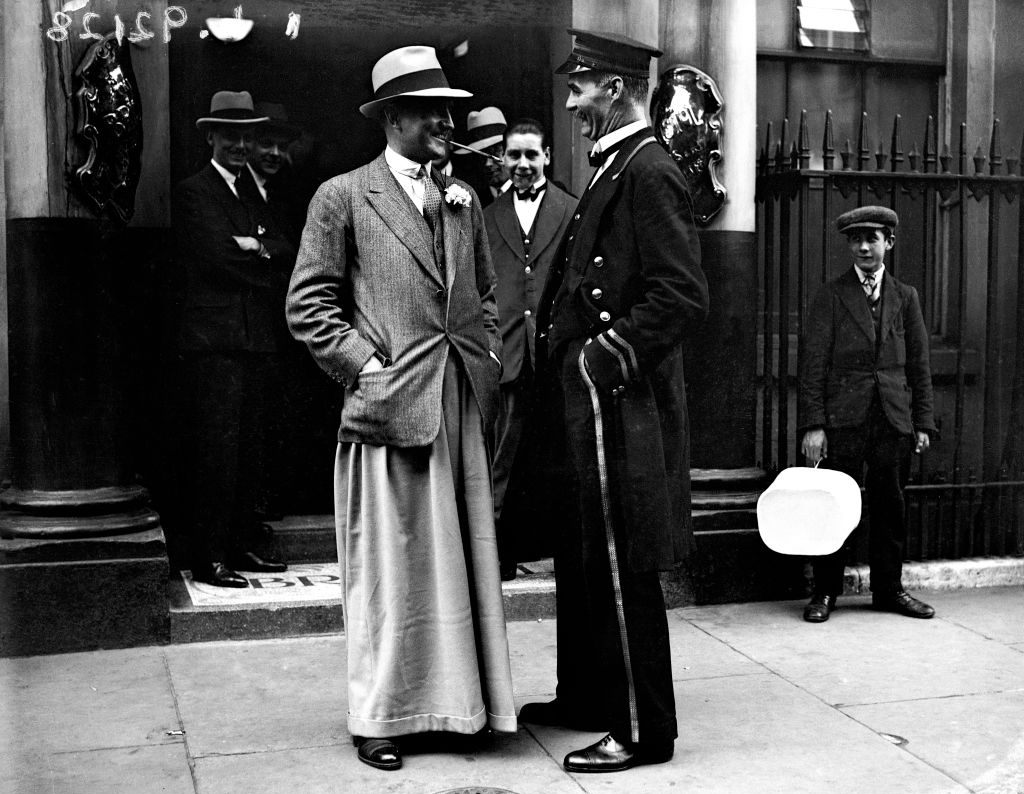
In a 2013 article for the Newsletter of the New Sheridan Club—a club dedicated to extremely British foppishness—writer Sean Longden makes the following claim: “Only jeans can compete with bags in the history of 20th-century menswear.”
Bags.
What he’s talking about is a style of pant called the “Oxford bags,” a mysterious and, yes, influential design that achieved extreme popularity in the 1920s. Of course, in the cyclical world of fashion, the popularity of the Oxford bags didn’t end with a single tenure; they came back in the 1970s, and then, arguably, in the late 1990s and early 2000s. They are singularly ridiculous and delightful, at their extreme one of the silliest pant designs ever conceived. And there’s no reason to think they won’t be back again at some point.
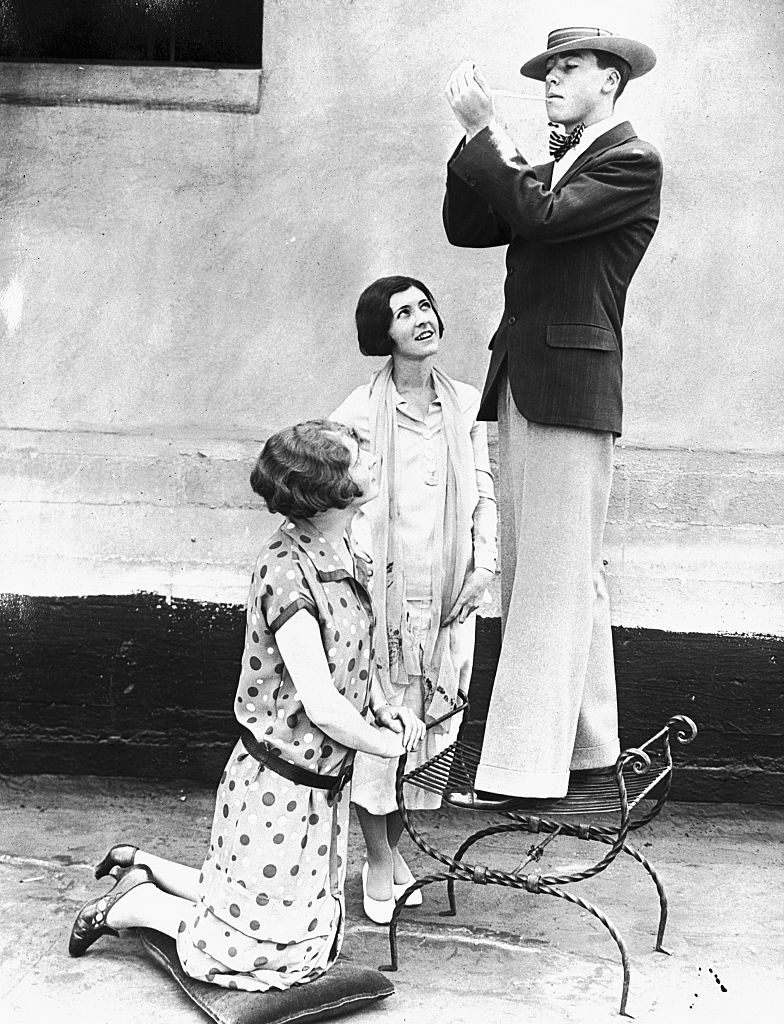
First, let’s do a description. Oxford bags were typically made of flannel or another lightweight material. They are not particularly weird in terms of construction; a typical design sported all the normal pockets, had a crease down the front of each leg, and was cuffed at the ankle. Where things get weird is in their dimensions: these were among the earliest, perhaps the original, pants that were baggy to the point of ridiculousness. The most extreme examples could be 44 inches in circumference at the ankle; this is big enough to completely hide the lower leg and any evidence of a foot. For comparison, the leg opening of a Levi’s 501 jean—a fairly loose cut, by modern standards—is 16 inches. These pants were bonkers.
The story of how Oxford bags became a trend is one mired in controversy; at least, as much controversy as a debate over 100-year-old English pants can create. The most-cited explanation for their size and name comes from 1924, at the University of Oxford, when the school administration supposedly banned the wearing of knickerbockers (or, more specifically, plus-fours). Knickerbockers are those baggy almost-pants that end at just below the knee. Plus-fours extend, as the name suggests, another four inches down. (There are also plus-sixes and plus-eights.) Plus-fours were, the story says, beloved amongst Oxonians.* As a rebellion, the students decided to keep wearing them—but to wear something over them, to hide them. Something fairly lightweight and billowy enough to hide the already loose plus-fours they loved so dearly. And so was born a fashion trend.
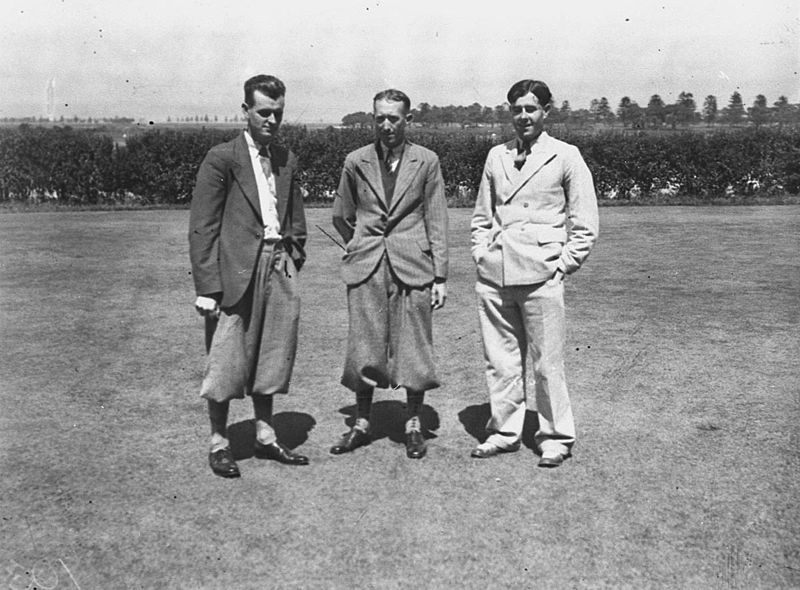
Longden finds this claim ridiculous. You’re banned from wearing your favorite pants so you…wear stupider pants over those pants? So nobody will see them and also you’ll be uncomfortable? Longden also finds it unlikely that the early versions of the Oxford bags would even fit over plus-fours without an unmanageable surplus of fabric bunching up; they were big, but not that big, not yet.
There is a long history of baggy pants before the Oxford bags. Harem pants, similar to knickerbockers, are very baggy pants made of a lightweight material, though harem pants are gathered at the ankle rather than just below the knee. As long as there have been pants, there have been loose pants. But Oxford bags may have been the very first to make over-the-top bagginess a part of their appeal.
Longden thinks Oxford bags started out as a sort of formal, Oxfordian version of warmup pants. Rowing is a popular sport and culture at Oxford; what the rowers did and wore had a pretty good chance of becoming a trend. The rowers, Longden suggests, came up with the wider-leg pants (at this point only about 22 or 24 inches at the ankle) to make it easy and comfortable to slip on over their rowing shorts during cold mornings. The wide ankle and flowing fabric would make it easy to wear as an outer layer, and wouldn’t even require the rower to remove his shoes.

This use may have started amongst rowers, but it took off soon enough among other students and those not affiliated with the university at all. Those folks decided that if baggy was good, hugely baggy would be even better. The pants got bigger, and bigger. Twenty-four inches became, possibly as the result of a mixup between circumference and diameter, 44 inches.
As the trend of huge trousers moved beyond Oxford—it came to the U.S. very quickly, being rebranded and slightly retooled as “collegiate pants”—new parts of society began to realize that really baggy pants could actually be pretty useful. Workmen found that it was easier to move in looser pants, so discarded the wool flannel for hardier textiles like corduroy but kept the looser look. Criminals realized they could store all kinds of weapons alongside their legs. (In later decades, as baggy pants gained favor in various minority communities, this theoretically criminal use would lead to rampant profiling.)
The enormously wide-legged look fell out of fashion quickly, as all extremes in fashion do, but it came back a few decades later, as many extremes in fashion do. In the early 1970s, a new club trend started up in the cities of the north of England, spawning a movement which would come to be called Northern Soul. It was an unusual musical movement in that it didn’t actually involve new music; instead, it was essentially a fanbase of Northern English teens and twentysomethings with a passionate love of a particular brand of mid-1960s American soul. The music this scene favored was generally kind of sweet, up-tempo, doo-wop-inspired, pre-disco, pre-funk soul from Motown and Motown-inspired labels.
The fashion of Northern Soul clubgoers was just as specific and significantly older than the music they danced to: for men, it was, you guessed it, Oxford bags, paired usually with a tank top. But as with the likely original use of the Oxford bags, the Northern Soul kids liked Oxford bags because they were utilitarian: Northern Soul was very serious about its dance moves, which involved a lot of spinning and kicking the air and dropping down for splits.
Northern Soul dancers needed pants that would allow them to move, and the Oxford bags provided that, but they also gave a bonus: all that fabric looked extremely cool in an intense spin move or kick.
Northern Soul also had a bit of a bad reputation; the drug favored by the high-kicking dancers was amphetamines, and there were definitely reports of crime around the scene, though it’s kind of hard to tell how much of that was just reporters doing some good old-fashioned “look at the kids these days!” fearmongering. Still, the idea of extremely baggy pants as being somehow rebellious or intimidating stayed.
Head on up to the 1990s! Hammer pants, a riff on harem pants popularized by MC Hammer, had much of the same background as Northern Soul’s pants: as a dancer, he needed freedom of movement, but as a showman, he wanted something flashy. A bit later, brands like JNCO, which made ridiculously large jeans, began marketing to various subcultures and those who admired them: skateboarders, ravers. These were sort of worse than previous takes on the big pants concept; made of heavy denim, it wasn’t actually easy to skateboard, dance, or walk in them. But parents and school administrators hated them, which probably did a lot for the brand.
Big pants are starting to make their inevitable comeback, especially for high-fashion women, and they actually look a lot like Oxford bags: Light materials, essentially classic in their construction and design, but outsized in their dimensions. Those wearing these pants today may not know it, but they’re perfect for slipping on over a pair of rowing shorts.
*Correction: We originally referred to residents of Oxford as Oxfordians rather than the correct Oxonians. The error is especially embarrassing after all our research on irregular demonyms. We apologize to Oxonians everywhere.



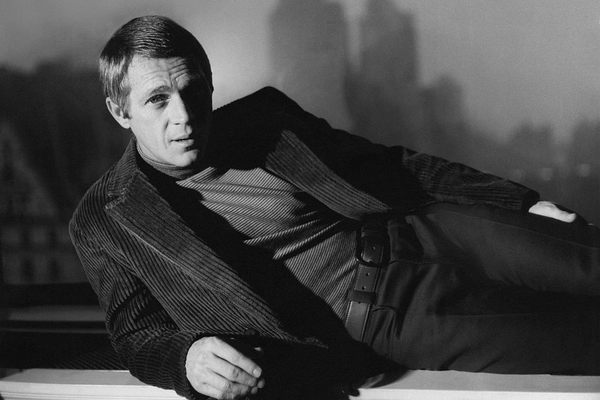
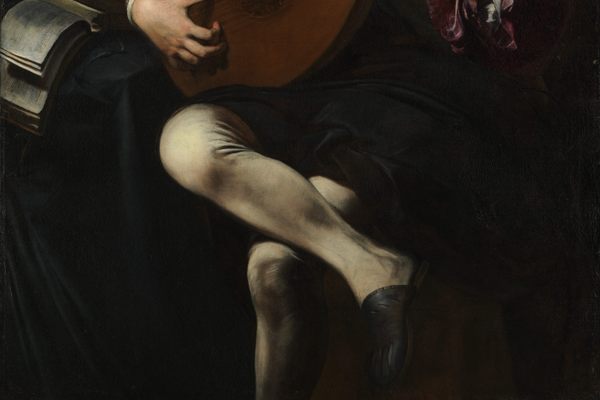
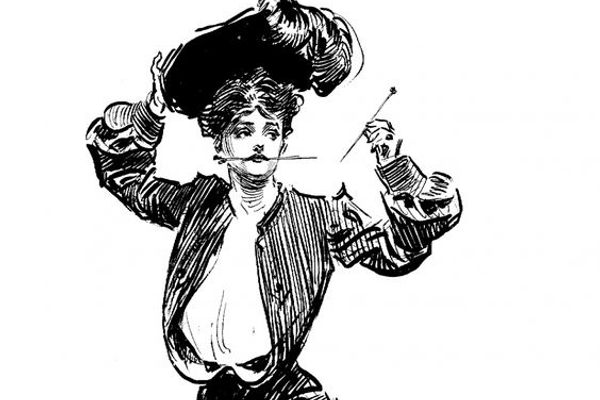


Follow us on Twitter to get the latest on the world's hidden wonders.
Like us on Facebook to get the latest on the world's hidden wonders.
Follow us on Twitter Like us on Facebook